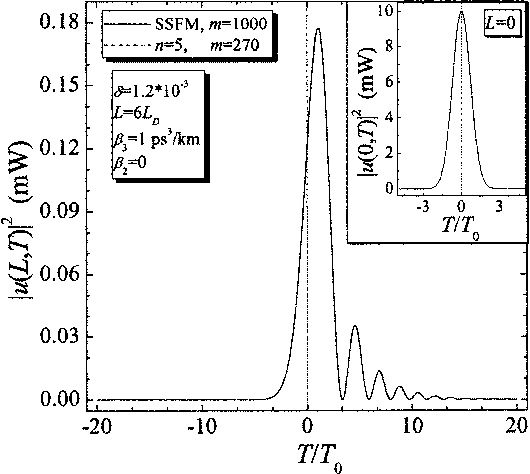

universal behavior of the modulationally unstable constant-amplitude background was studied asymptotically in. Mathematical theory of rogue waves on the constant-amplitude background has seen many recent developments. Rogue waves have been experimentally observed both in hydrodynamical and optical laboratories (see recent reviews in ). Formation of rogue waves on the constant-amplitude background have been modeled from different initial data such as local condensates, multi-soliton gases, and periodic perturbations. The focusing cubic NLS (nonlinear Schrödinger) equation is the canonical model which describes both the modulational instability and the formation of rogue waves. We also note that in various limits the spectrum of the nonlinear Schrodinger equation reduces to that of the box, the Rydberg, and the harmonic oscillator, the latter being for repulsive nonlinearity, thus including the three most common and important cases of linear quantum mechanics.Peregrine breather is a rogue wave arising on the background of the constant-amplitude wave due to its modulational instability. We show that, though this is the analog of some of the simplest problems in linear quantum mechanics, nonlinearity introduces new and surprising phenomena in the stationary, one-dimensional, non-linear Schrodinger equation. We make experimental predictions about the form of the ground state and modulational instability. The set of such solutions on the ring is described by the C n character tables from the theory of point groups. Under periodic boundary conditions we find several classes of solutions: constant amplitude solutions corresponding to boosts of the condensate the nonlinear version of the well-known particle-on-a-ring solutions in linear quantum mechanics nodeless, real solutions and a novel class of intrinsically complex, nodeless solutions.

Under box boundary conditions the solutions are the bounded analog of bright solitons on the infinite line, and are in one-to-one correspondence with particle-in-a-box solutions to the linear Schrodinger equation. Our solutions take the form of stationary trains of bright silitons. In this second of two papers, we present all stationary solutions of the nonlinear Schrodinger equation with box of periodic boundary conditions for the case of attractive nonlinearity.


 0 kommentar(er)
0 kommentar(er)
